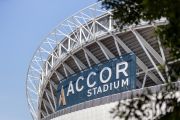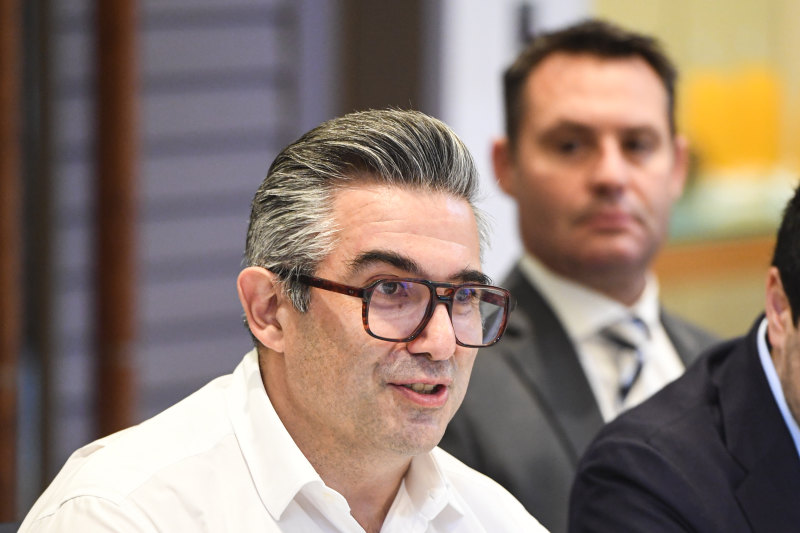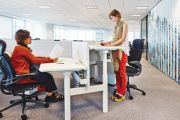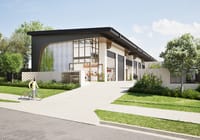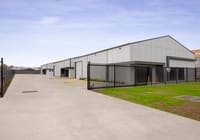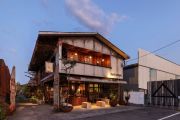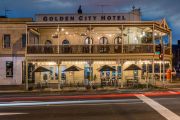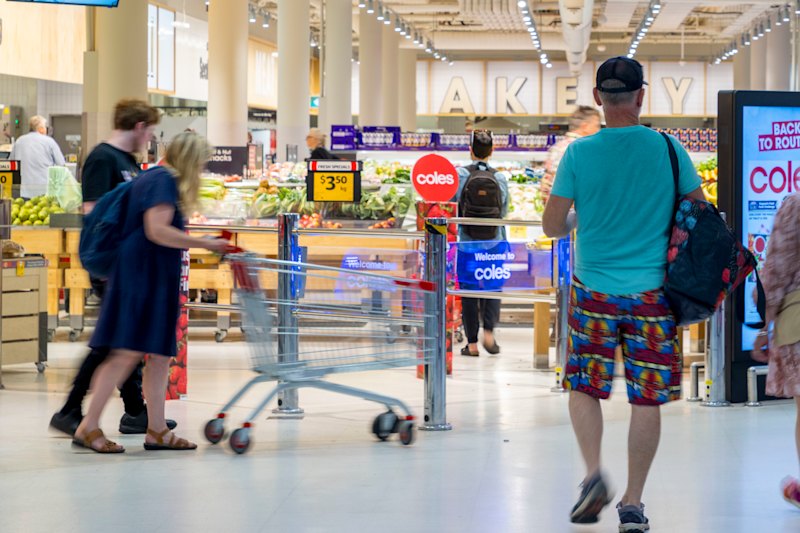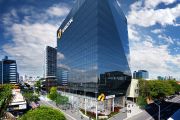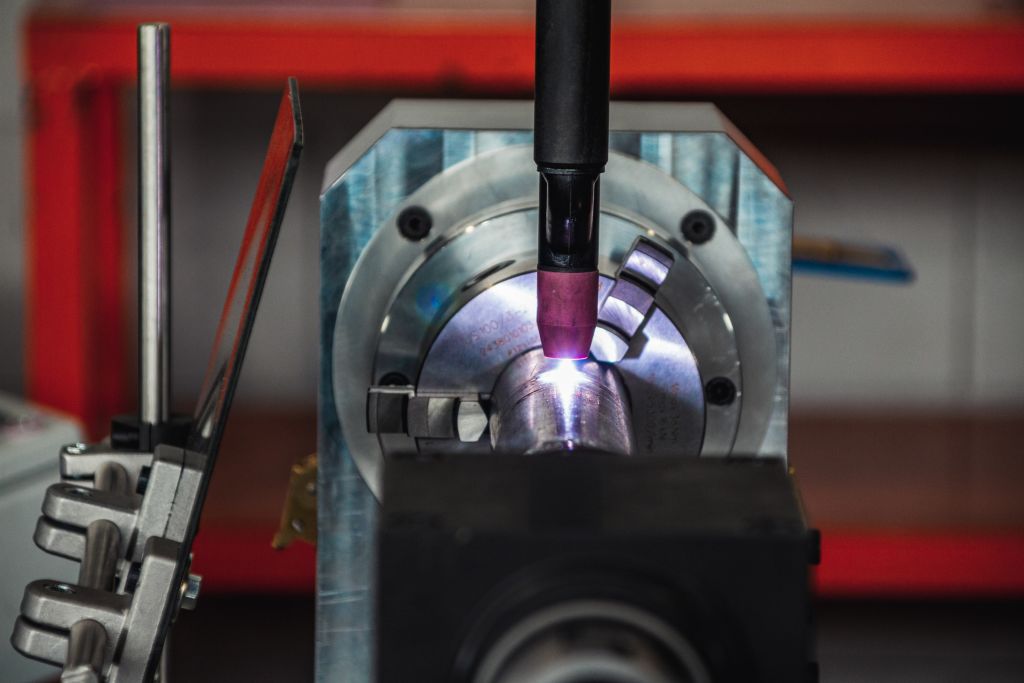
Industrial’s boom to stay?
The data shows Australia’s industrial property sector is running hot, but will the momentum be maintained?
According to Colliers’ Q2 2022 Australian Industrial & Logistics Snapshot, market activity has been robust this year.
The report shows rental growth is at its highest level, exacerbated by a lack of leasing options. The analysis said the national weighted average prime rent increased by a record high of 5.6 per cent during this year’s second quarter, while year-on-year growth has been 13.8 per cent.
Peter Blade, head of industrial and logistics at JLL, says three factors drive today’s industrial markets.
The first was the uptick in e-commerce which translated into increased reliance on warehousing. “We saw exponential growth in e-commerce during the pandemic and that hasn’t slowed since.”
Then there’s supply chain dislocation which, Blade says, prompted businesses to overstock warehouses. “We’ve moved from just-in-time logistics to just-in-case logistics.”
“The third thing has been the re-onshoring of a lot of our logistics, manufacturing, pharmaceutical and food industries, which had been outsourced to parts of Asia, particularly China.”
Luke Crawford, director of research at Colliers, says industrial investment has been gaining appeal since 2020.
“Industrial was the forgotten sector but we are now seeing investors who were in office and retail re-weighting their portfolio into industrial.”
Crawford says while the strength of industrial market performance relies on major population centres, they are all positive on the back of low vacancy rates.
Looking at the major markets, and Sydney saw record activity in 2021.
“We saw 1.8 million square metres of lease deals for the year. Historically, Sydney has traded around 800,000 square metres a year, so 2021 was around double the long-term average.
“Vacancy rates pre-COVID were around 5 per cent, but they’ve since fallen to around 0.5 per cent in Q2 2022. If you’re a major occupier looking for space, you simply don’t have many options available to you.
“Sydney has also been the national leader in rental growth, and it’s increasing every week.”
Crawford says Melbourne was performing similarly to Sydney, although there is more available space and rents are lower.
“But similar to Sydney, there’s been significant rental growth of 15-plus per cent across each of the submarkets throughout the last year.”
He said while there’s a stock of developable industrial land in Melbourne, the strong take up rate has seen supply dwindle.
“On a broad level, we’re seeing vacancy rates under 1 per cent in this capital city.”
Crawford says Brisbane was a more cautious market during the pandemic, but things had turned around sharply.
“We saw last year that return of confidence to the market. It was a record year of demand for new space – a flight to quality played out in Brisbane.
“It was in Q2 of this year that we started to really see rents accelerate. Now, our outlook for Brisbane is pretty positive on the rental front.”
Crawford says Perth has the lowest vacancy rate and strongest rental growth of any of the markets across the country due to a resurgence in the mining and minerals sector.
“Perth performed well throughout COVID – they didn’t really have lockdowns and such. The market there really started to kick from late 2020, then throughout 2021 and into this year.
“The market improved quickly, in terms of demand so a lot of the existing spaces were absorbed quickly.”
Adelaide’s industrial sector has always been moderate compared to east-coast capitals, but demand continues to outstrip supply there as well, Crawford says.
“A lot of inquiry is not being met at this stage. Supply pipelines are pretty subdued, and the vacancy rate is around 2 per cent.”
Looking at Darwin, Canberra and Hobart, and Crawford says industrial activity has remained steady with most tenants sitting tight once they’ve leased space in these smaller centres.
Given we’ve been on a hot run, is there still opportunity to invest for growth?
Crawford says investor assets in east-coast capitals presented the best long-term options.
“That’s where they’re seeing the highest level of rental growth. If you buy an asset, you might pay a sharp yield initially, but you might also be able to reset the rent from perhaps $100 a square metre to say $160 a square metre in some instances.”
Blade agreed that the best opportunities will almost always present in Sydney because it’s the epicentre of activity and supply remains limited. He was, however, cautious about how quickly and dramatically rents have risen.
“The unbelievable rental growth in Sydney and Melbourne has been exponential. What was renting for $120 per square metre last year is now renting for $180 to $200. That is clearly unsustainable. When that short-term rent bubble bursts there will be some serious rent reversions – but it probably won’t happen for two years or so.”
